#landscaping
Text
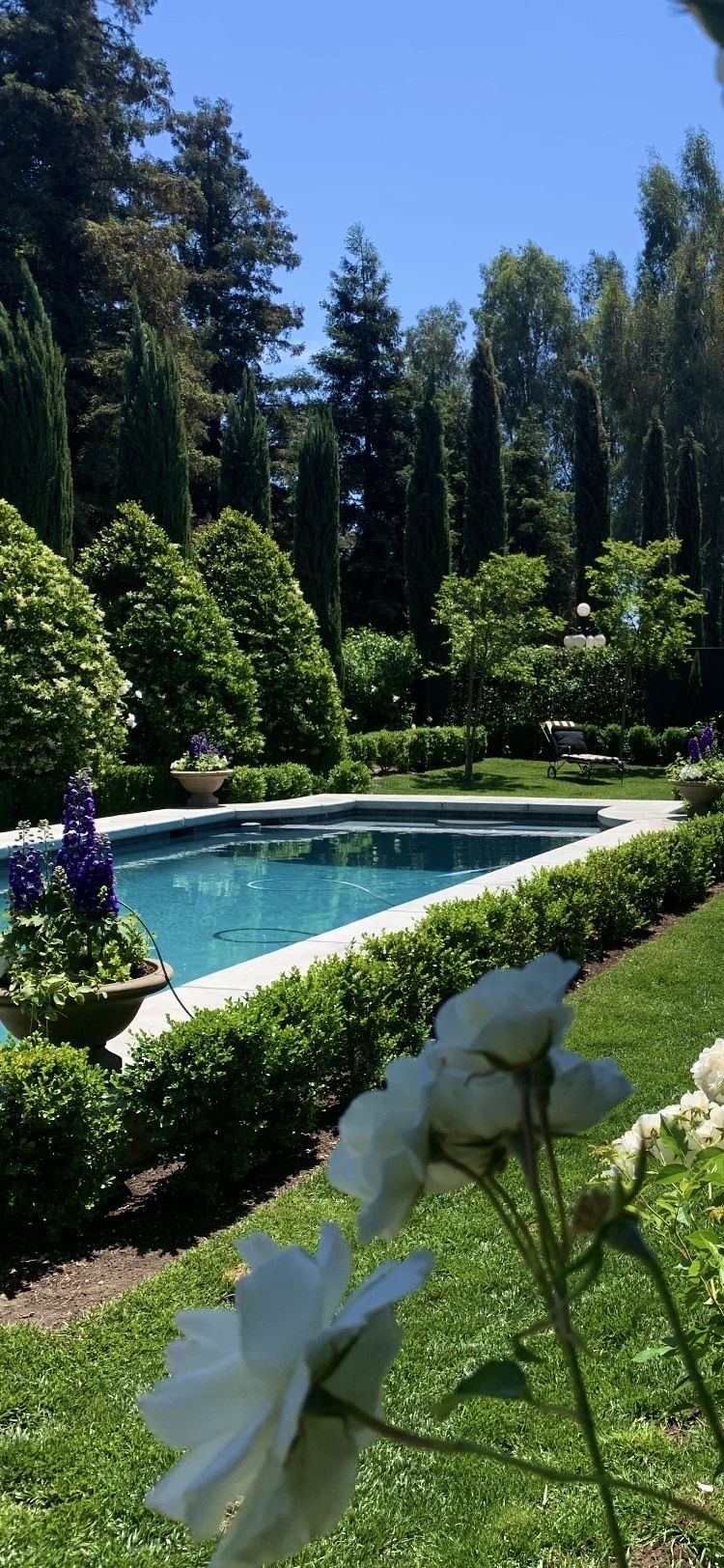
37 notes
·
View notes
Photo
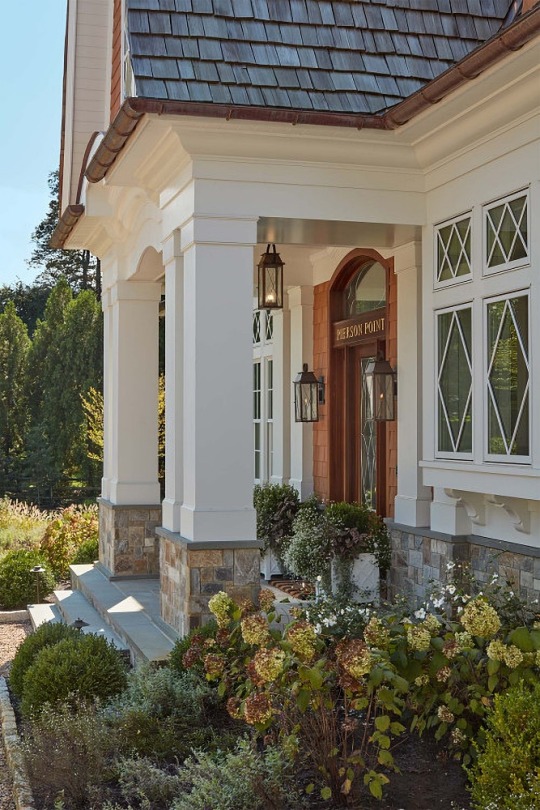
Be Prepared to Be Amazed with This Luxury Waterfront Home - Town & Country Living
29 notes
·
View notes
Text
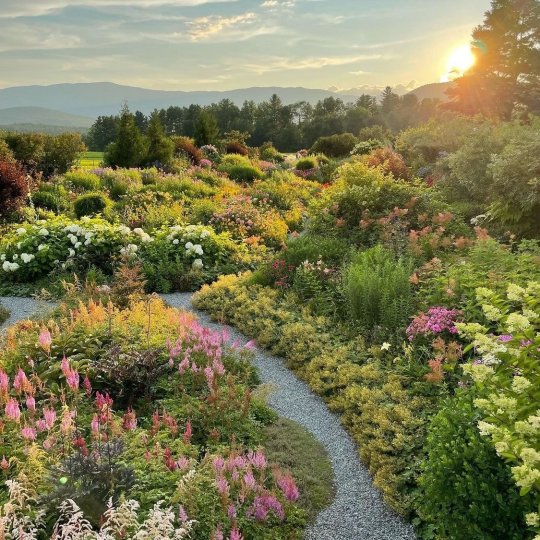
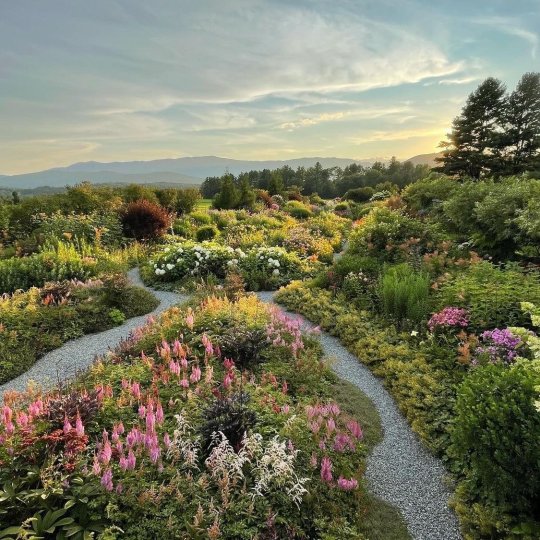
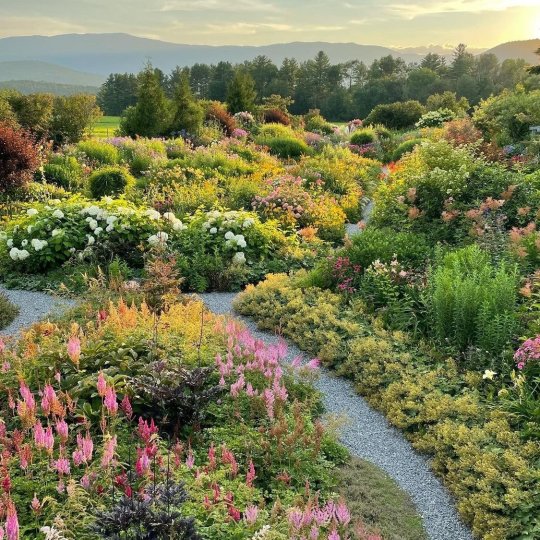

by Emily von Trapp
#nature#naturecore#nature aesthetic#flowers#flowercore#beautiful#garden#landscaping#spring#flower#petitworld favs#petitworld
7K notes
·
View notes
Text

Abbotsford, Melrose, United Kingdom,
The Home of Sir Walter Scott,
#art#design#architecture#history#luxury lifestyle#style#luxury house#luxury home#united kingdom#abbotsfors#sir walter scott#melrose#gardens#landscaping#garden design#landscape design#scotland
4K notes
·
View notes
Text
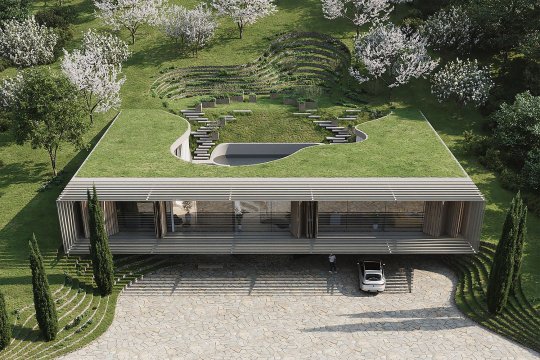


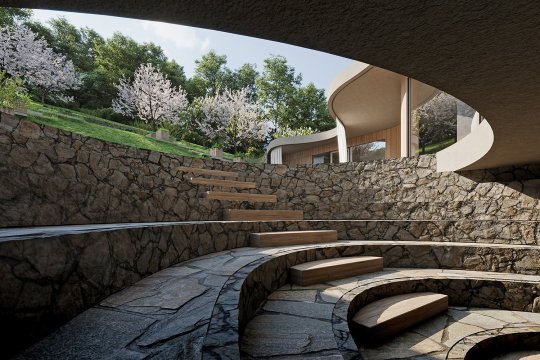
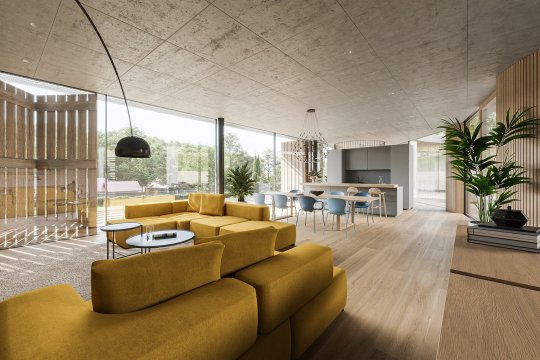
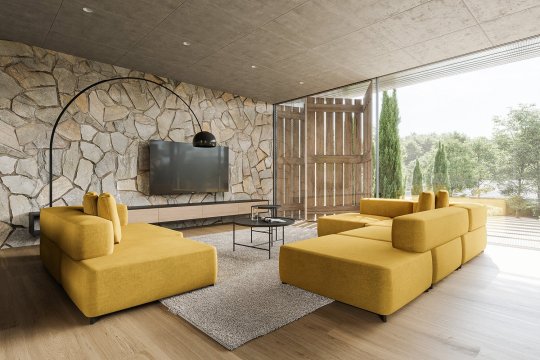
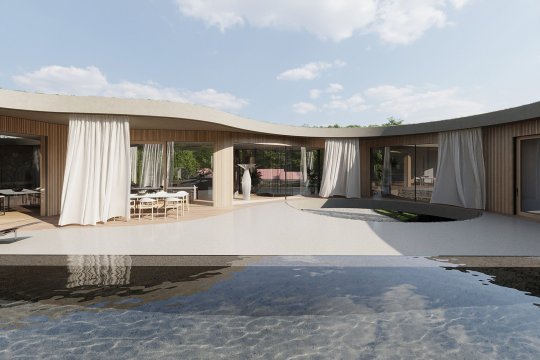

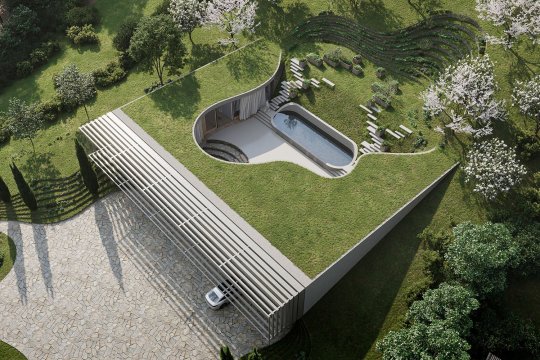
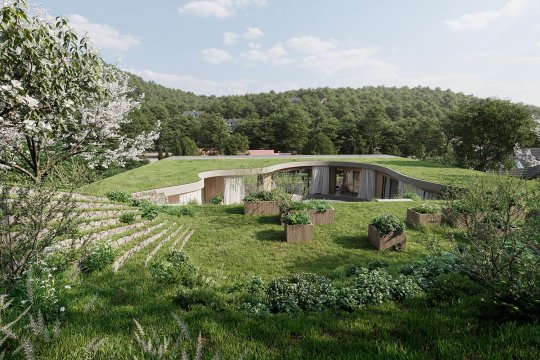
"My little big world," Rogaška Slatina, Slovenia,
Superform Architects,
Photo Credits: Visualisation Spacer
#art#design#architecture#landscaping#luxury house#luxury home#slovenia#rogaska slatina#superform#concept#render#visualization#garden#organic#luxury lifestyle
2K notes
·
View notes
Text

Nobuko and Kazumi Shimazaki added a touch of their native Japan to their New Jersey home a few years ago. The teahouse, created for small dinner parties, was constructed by a Japanese builder who used American pine, redwood, cedar, oak and cherry. Mylar replaces the traditional paper in the shoji.
At Home With Japanese Design: Accents, Structure and Spirit, 1990
#vintage#vintage interior#1990s#90s#interior design#Shimazaki#home#New Jersey#Japanese#teahouse#shoji#garden#landscaping#American#pine#redwood#style#architecture
2K notes
·
View notes
Text





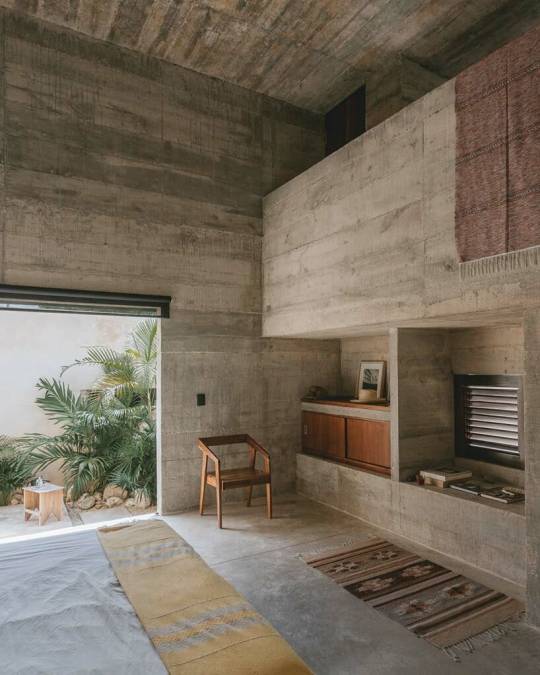




Casa Dzul, Mérida, Yucatán, Mexico,
Ludwig Godefroy,
Photography: © Jasson Rodriguez
#art#design#architecture#minimal#nature#minimalism#interior design#interiors#luxury lifestyle#retreat#mexico#yucatan#mérida#casa#casa dzul#ludwig godefroy#jasson rodiguez#gardens#landscaping#travels#summer house#holidays
2K notes
·
View notes
Text

#walkway#outdoors#grass#greenery#stone steps#rocks#pathway#backyard#hearts#heart shaped#heartcore#green#green aesthetic#aesthetic#landscape#landscaping#garden#plants#plantcore#plant aesthetic#cute#cute aesthetic#soft#soft aesthetic#cottagecore#cottage aesthetic#fairy cottage#cottage vibes#fairycore#fairy aesthetic
1K notes
·
View notes
Text

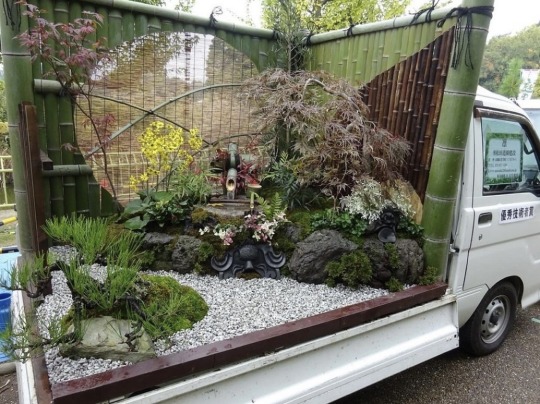
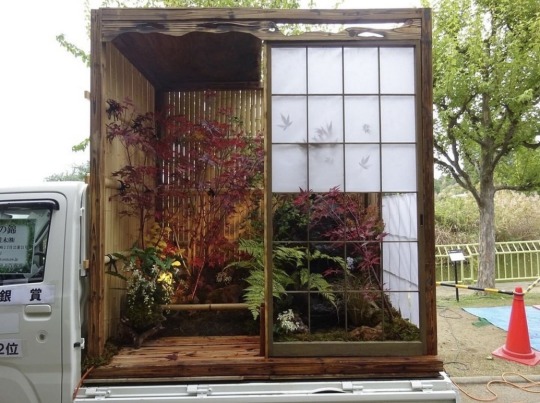
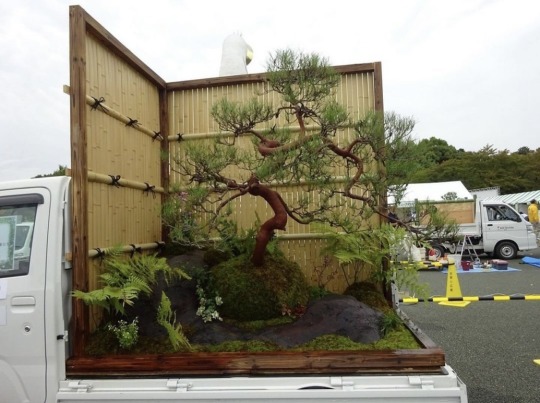
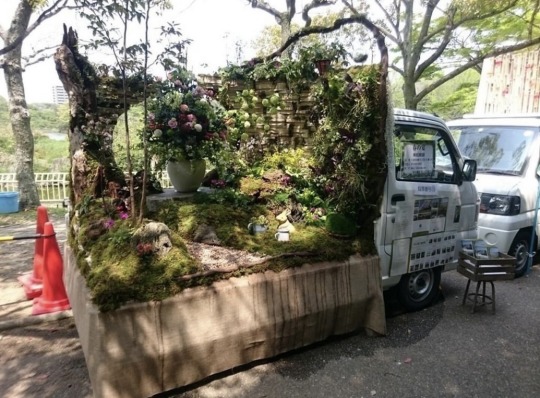
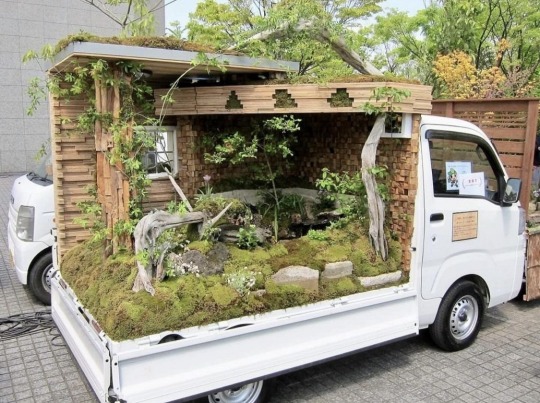


The Kei Truck Garden Contest (2018)
Landscaping contractors from various regions of Japan bring their mini pickup trucks to an event known as "the Kei Truck Garden Contest." They dedicate several hours to converting the cargo bed into a miniature garden.
#landscapes#landscaping#greenery#plants#plantcore#plantblr#aesthetic#japan#japanese#art#forestcore#fairycore#garden#gardening#gardencore#nature#enviornment#naturecore
718 notes
·
View notes
Text
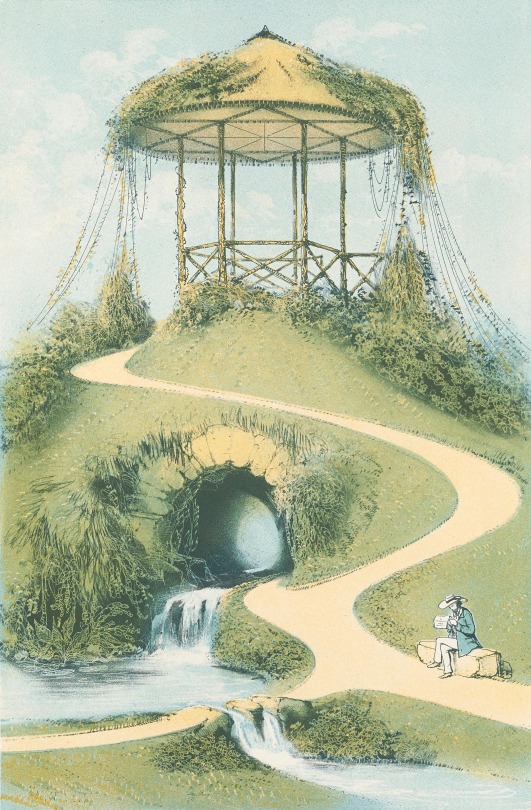
An elaborately constructed grotto and pavilion from Victor Petit's Parcs et jardins des environs de Paris (1850s).
Full text here.
1K notes
·
View notes
Text
I have an essay brewing in my head constantly about lawns. Which, well, unsurprising, since I post about how I hate lawns all the time, but I think the "lawn" and "landscaping" centered way of thinking about Places Outside is a Bigger Thing that Connects to Other Things
(What isn't? Having ideas about concepts is always like this.)
I will introduce my ideas by a situation where they apply: Sometimes life-forms mimic other life forms. One form of mimicry is called Vavilovian mimicry, where weed species in crops grown by humans evolve over time to be more similar to the crops.
Vavilovian mimicry basically helps weeds survive because the weeds are adapted to the care-taking regimen of the crops, and because the human caretakers of the crop can have a hard time telling them apart, which means they might say "Ehh...I'll wait until it grows up so I can be sure I'm not pulling up my crop."
I think there's something similar at work among flower gardens and landscaping...but it's different.
Regular people don't know the name of every plant that might possibly grow in their flower beds, and they often pull up plants they don't know just because they don't know them. They sometimes say they pull up a plant that "looks weedy" or "looks like a weed."
I think to myself...what does "weedy" look like?
This question collided unexpectedly in my brain with an insight I had about invasive species that I could not explain.
I have to get rid of a lot of Callery pear, wintercreeper, honeysuckle, burningbush, privet, English ivy, and other plants that are invasive where I live. And strangely- many invasive plants look similar in ways they don't share with very many native species. They tend to have small, round or squat, glossy leaves, and they tend to have a very dense growth habit.
I can think of several possible explanations: Maybe these species thrive in North America today because of the loss of controlled burning, but their characteristics look so distinct next to native species because they relate to things that would make a species fire-intolerant? This doesn't seem quite right, since it doesn't predict level of fire-adaptedness in native species.
Another explanation is better: they were selected for these traits by humans for their usefulness in landscaping. Dense growth habit would be useful for creating hedges or ground covers. This is why many invasives were originally planted, right? And small leaves might feel or be perceived as less "messy" when they fall.
But I think this is a clue to something else going on. What does "weedy" look like?
Some plants go on one side of "weeds vs. flowers" and some on the other, and it's almost totally arbitrary...so how do gardeners make the call so decisively?
I think about the commonest "landscaping" plants- Knock Out roses, hostas, petunias, begonias, boxwoods and so on- they share a lot of the characteristics mentioned above. Shiny or at least smooth, typically small and squat leaves, dense and compact growth habit.
Then I think about some of the commonest and most important "weedy" native wildflowers, such as goldenrods, asters, milkweeds, Joe-Pye weed, ironweed, sunflower. They all differ from the above in at least one striking way. Mostly, they have hairy leaves and stems, long and thin leaves, and a tendency to grow up tall before blooming. Milkweed has smooth leaves, but its leaves are long and very big. Hmm...
And I think I can guess where this is coming from.
Landscaping and garden designs often look like this
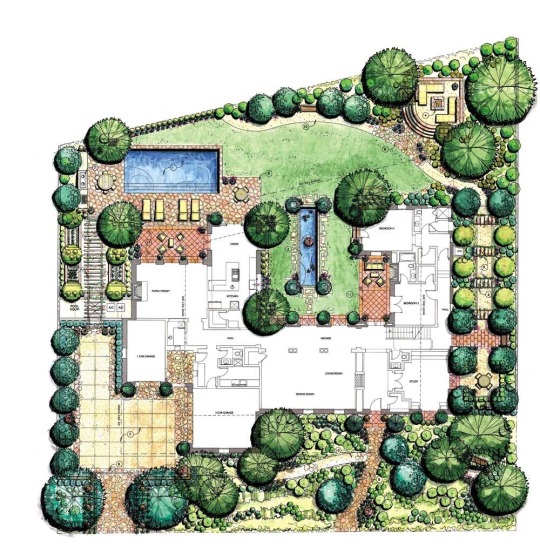

See how the plants are drawn and arranged to cover a space in two dimensions, mostly not overlapping with each other? This is very easy to plan and design. And those common landscaping plants I mentioned—hostas, Knock Out roses, boxwoods, and so on—are very good at acting just like a two-dimensional representation of them does. Just look, you can see them:
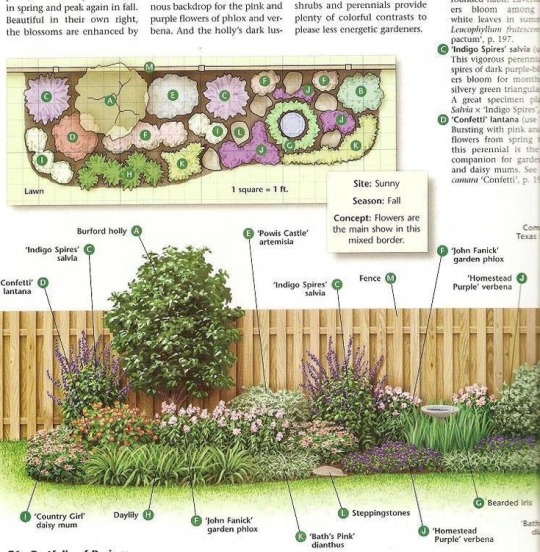
Now look at those important native wildflowers I mentioned:
Goldenrod

Ironweed
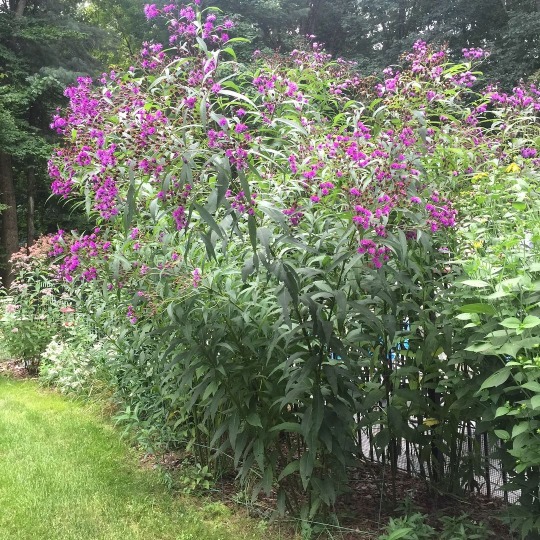
Milkweed

These guys don't fill much space in a horizontal plane, they go straight up. They don't exclude other plants from very much space either. Plants could grow under them and among them. So they're not very good for "filling up" space, and their opener, lankier, less dense shape doesn't do a good job at blocking other plants from growing.
In a garden of North American prairie- or meadow-adapted plants, the plants wouldn't exclude each other and stay within their designated spots because they're evolved to intermix with a great variety of plants.

"Separateness" is a big part of the typical "landscape" aesthetic. These plants are very neatly separate from each other. This is what looks "neat" and well-kept to us...the opposite of "weedy."
This could mean our garden and flower beds are affected by a selective pressure a lot like the Vavilovian mimicry situation. But instead of weeds being selected to look like intentionally grown plants, the intentionally grown plants are being selected to look different from weeds.
The subtle difference makes perfect sense. In a field, the rule is "leave the plant there if you're unsure" because that's your food. In a flower bed, the rule is "get rid of the plant if you're unsure" because having weeds is more aesthetically unacceptable than having blank space.
The point is: Ecology needs to be a big part of gardening and landscaping, because you are DOING ecology. Even if you don't know the evolutionary principles, you're acting them out.
Just like the ineffable preferences of female birds give the males weird elaborate display structures, ineffable aesthetic "senses" that govern our "built" world slowly turn it into something weird.
2K notes
·
View notes
Text


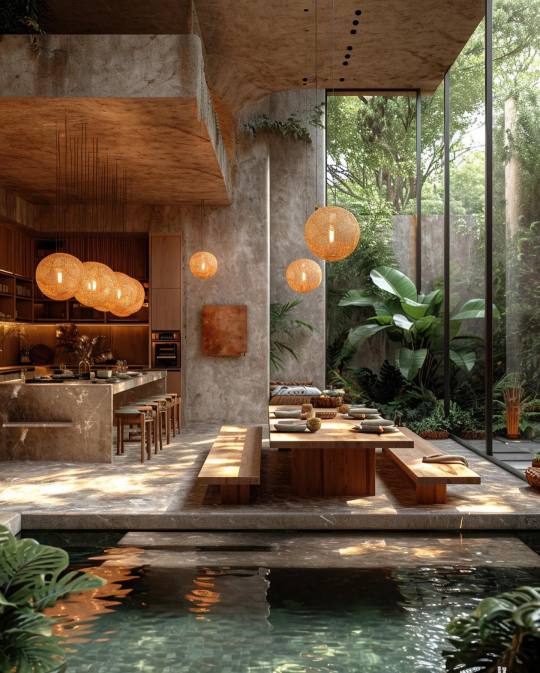
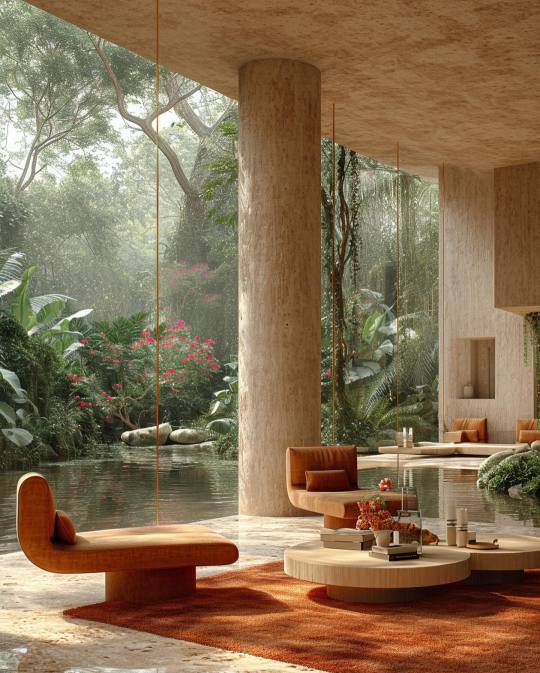
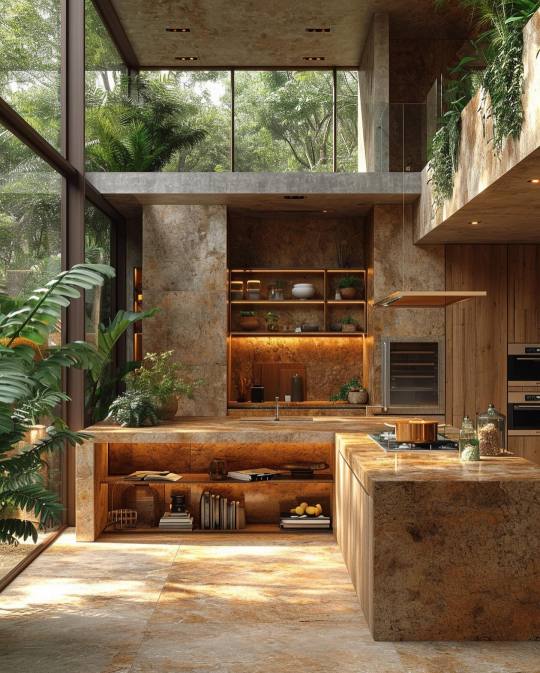
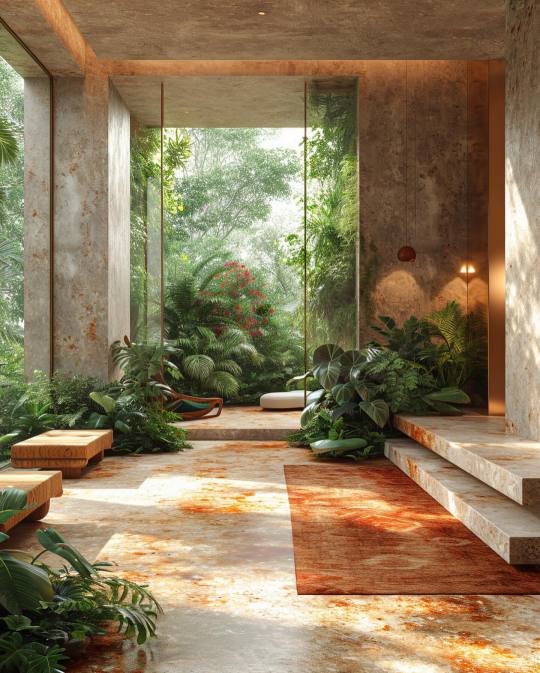
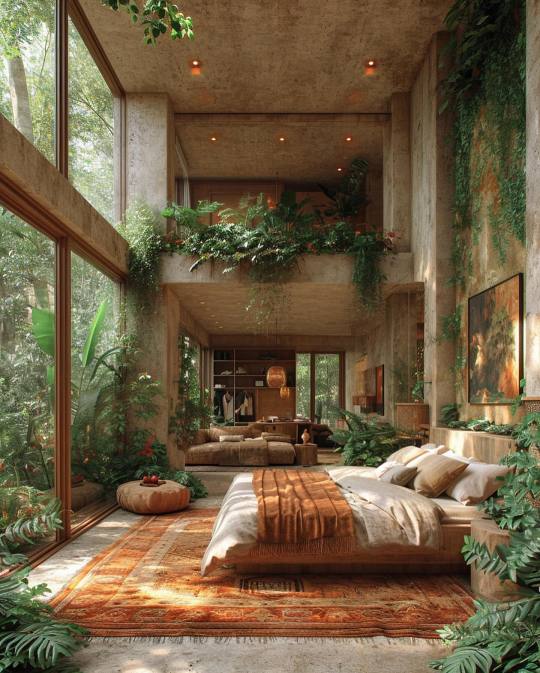
Brazil Jungle Villa Designed by @seydou
#art#design#architecture#luxury pad#luxury lifestyle#ultimate pad#interior design#luxurypad#concept#luxury house#luxury home#cgiart#midjourney#brazil#tropicak#tropical house#jungle#jungle house#seydou#landscaping
496 notes
·
View notes
Photo
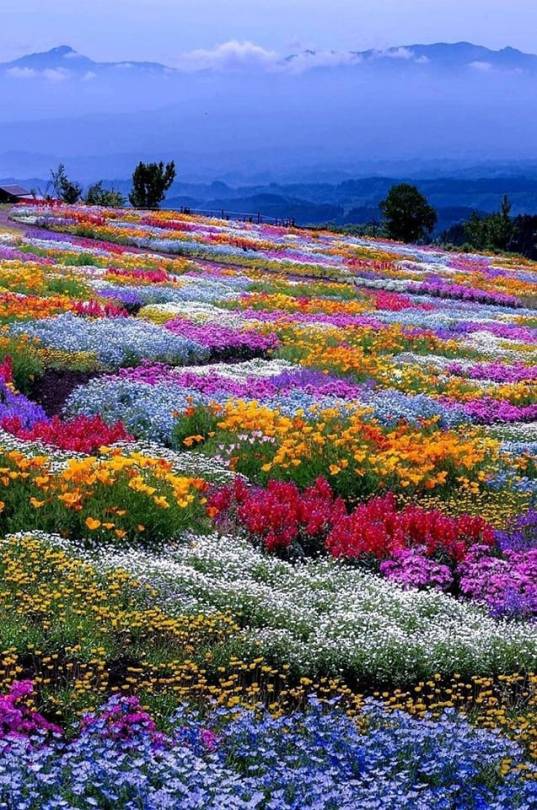
This is my field of dreams :)
Kuju Flower Park in Japan
#Beauty#flowers#flower gardens#spring#Kuju Flower Park#Japan#travel#nature#gardening#plants#gardener's dream#landscaping#field of dreams#kaleidoscope of colours#flower meadow#garden design#blooming#blossoms
1K notes
·
View notes
Text
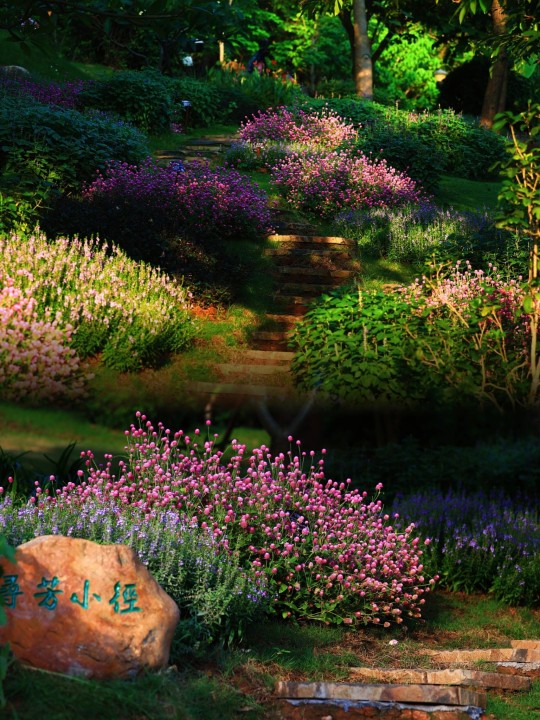
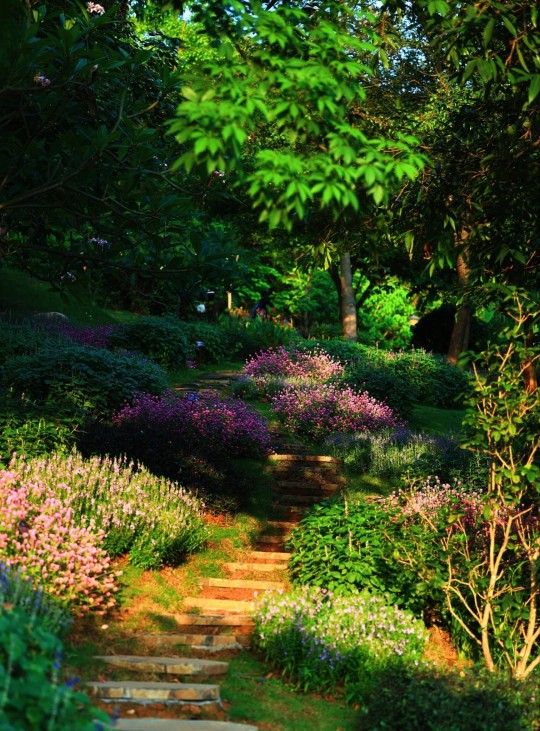
Qingxiu Mountain Trail, Nanning, China
#nanning#china#nature#mountain#landscaping#garden#path#nature aesthetic#flowers#flowercore#beautiful#naturecore#petitworld favs#petitworld
1K notes
·
View notes
Text

Dunsborough Park, Ripley, United Kingdom
#art#design#architecture#history#style#luxury house#luxury homes#castle#luxurylifestyle#gardens#landscaping#bridge#romantic#united kingdom#ripley#dunsboroug park#park
7K notes
·
View notes
Text

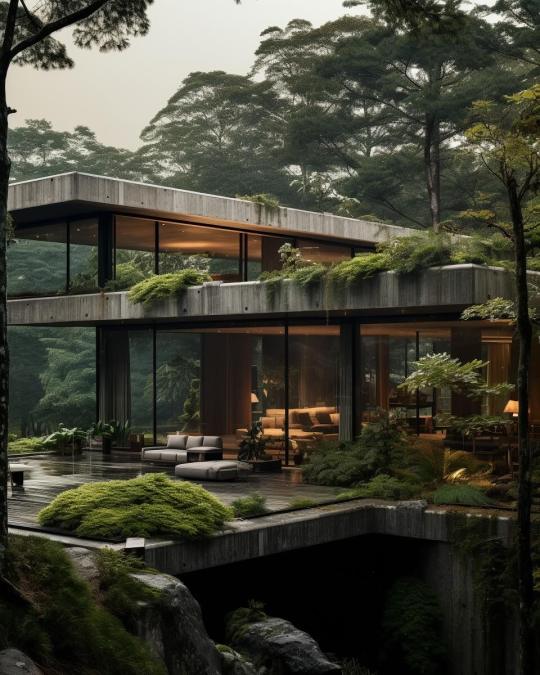


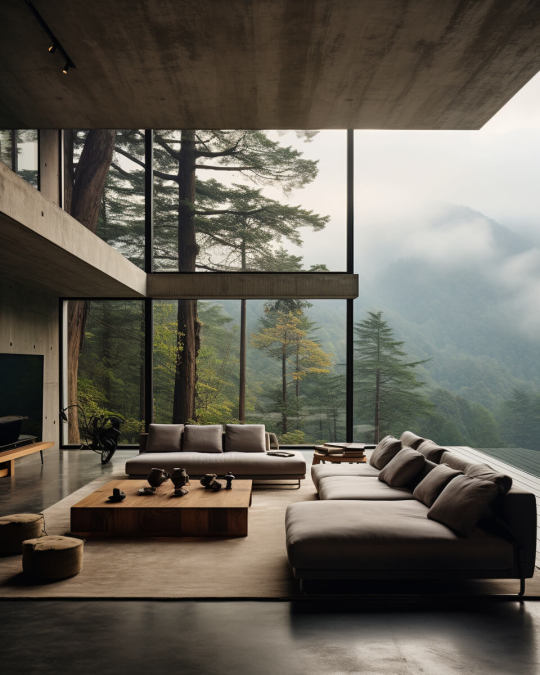
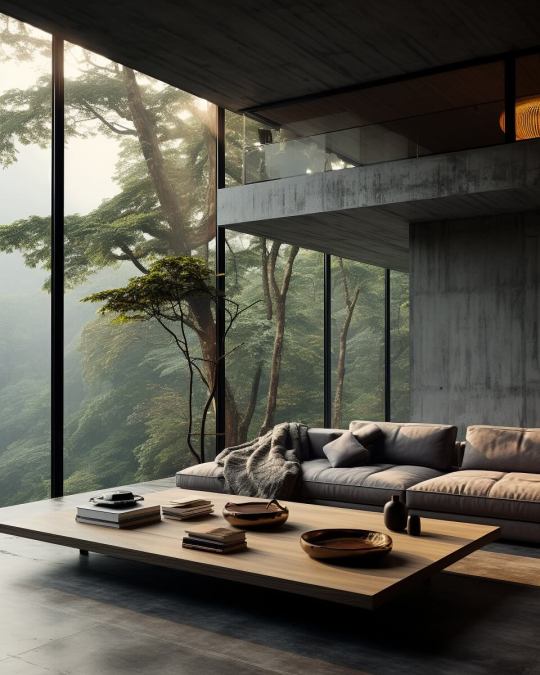
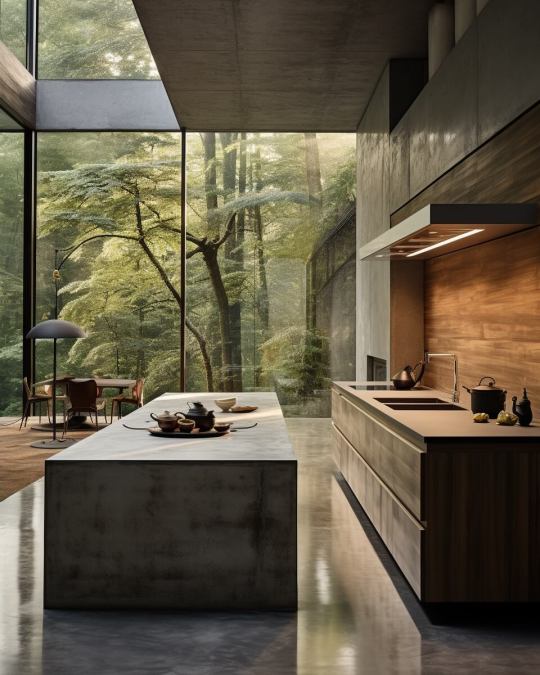

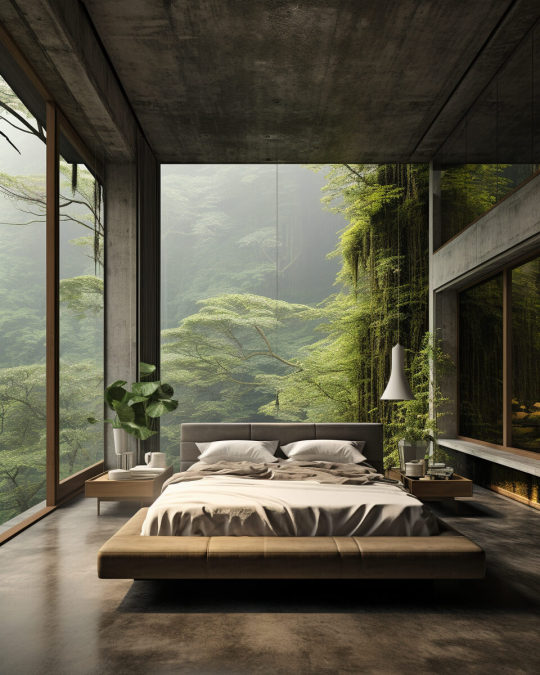
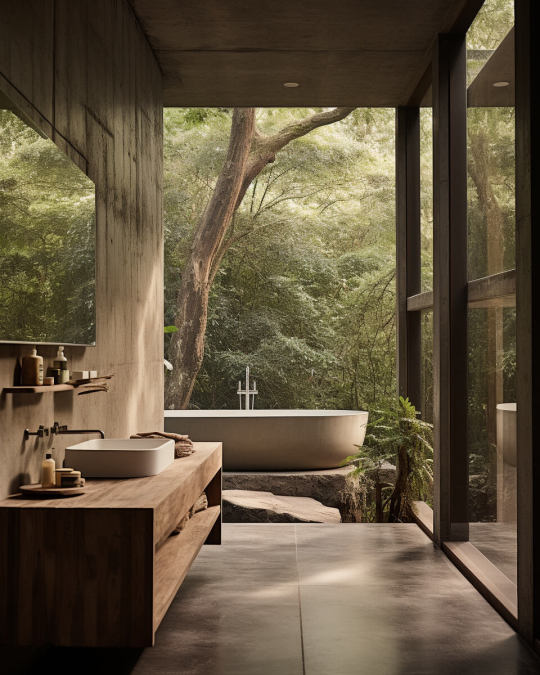
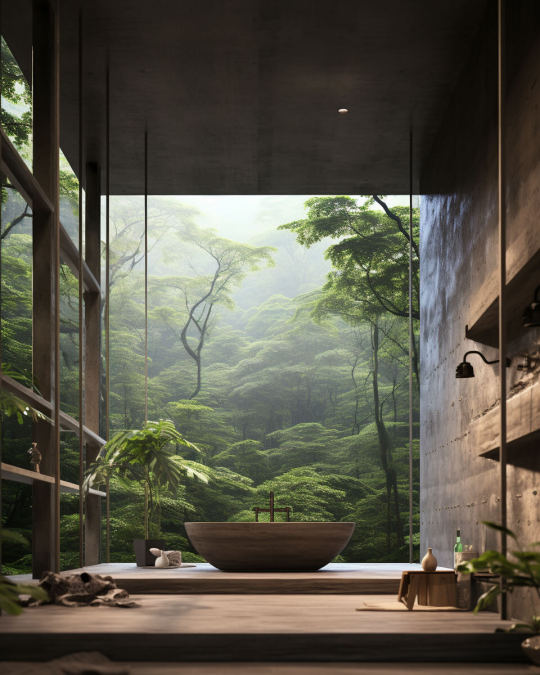

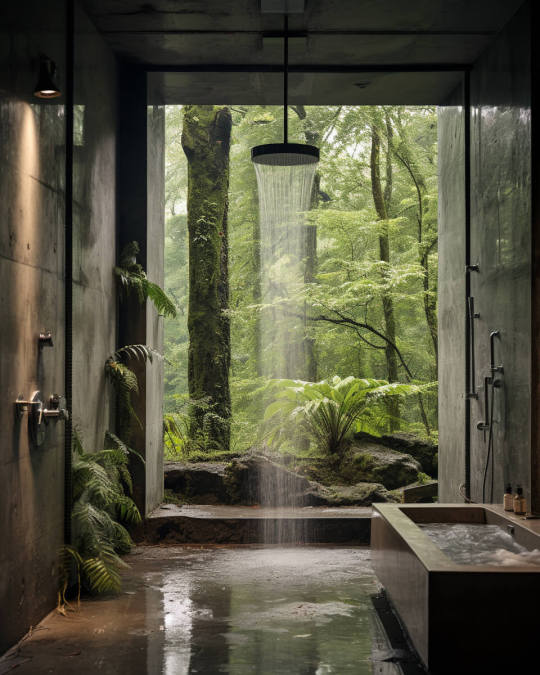
Zen Villa, Japan,
Mohammad Hossein Rabbani Zade
#art#design#architecture#luxury house#luxury home#retreat#zen#landscaping#brutalism#luxurylifestyle#concept#render#japan#mohammad hossein rabbani zade
2K notes
·
View notes